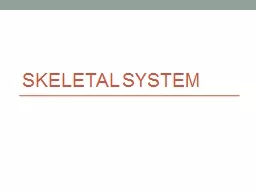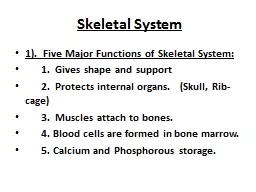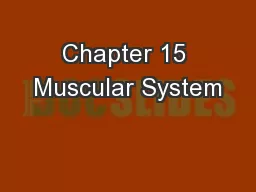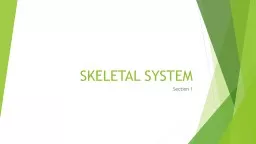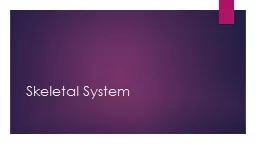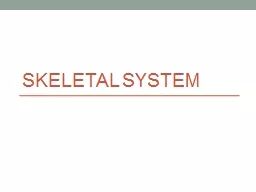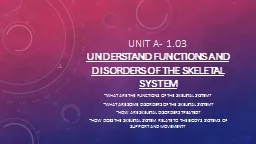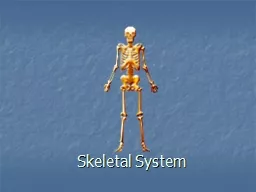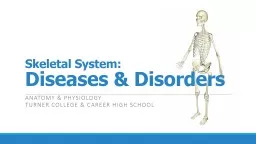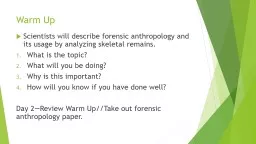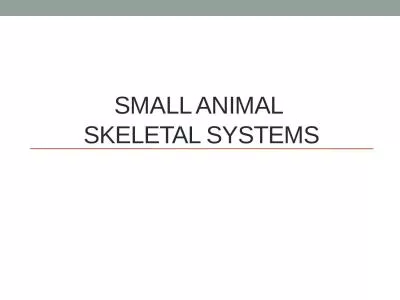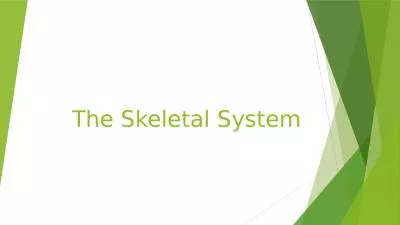PPT-Skeletal System Welcome Class!
Author : test | Published Date : 2018-12-05
Quietly find your seat and get ready for class Hand in skeleton projects below on chair Fun Questions How many bones are in the human body Have you ever broken a
Presentation Embed Code
Download Presentation
Download Presentation The PPT/PDF document "Skeletal System Welcome Class!" is the property of its rightful owner. Permission is granted to download and print the materials on this website for personal, non-commercial use only, and to display it on your personal computer provided you do not modify the materials and that you retain all copyright notices contained in the materials. By downloading content from our website, you accept the terms of this agreement.
Skeletal System Welcome Class!: Transcript
Download Rules Of Document
"Skeletal System Welcome Class!"The content belongs to its owner. You may download and print it for personal use, without modification, and keep all copyright notices. By downloading, you agree to these terms.
Related Documents

